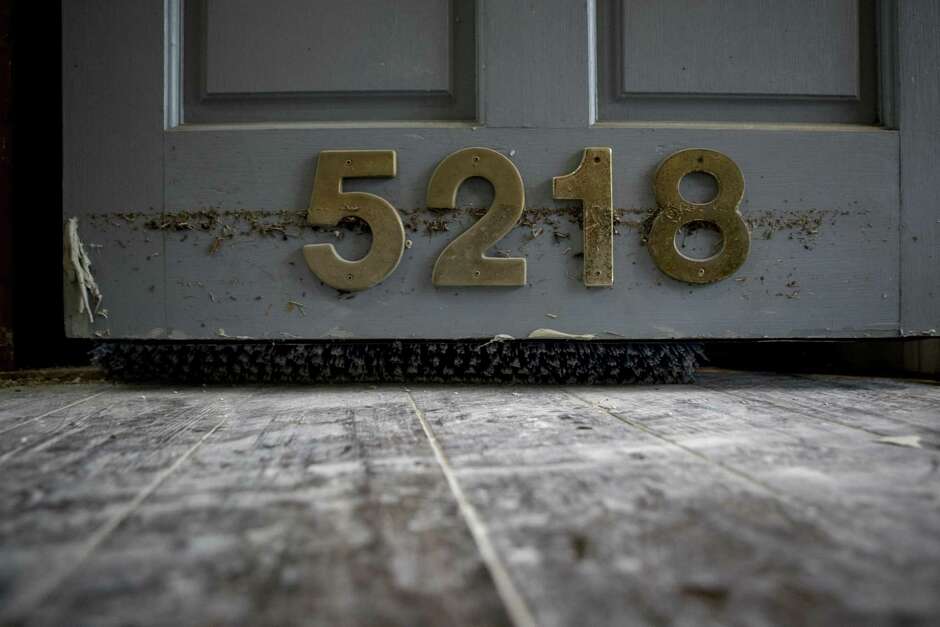By Chris Chapman
Photo: Brett Coomer, Staff / Houston Chronicle
A little more than a year ago Hurricane Harvey washed over the Texas coast, leaving behind a devastating legacy of record rainfall, mass flooding and death. The nation watched as Texans pulled together to help each other and pick up the pieces.
As thousands of Texans continued to rebuild, the nation again witnessed the fury and destruction a hurricane can unleash when Florence caused severe damage in September in the Carolinas while Michael last month ravaged the Florida Panhandle.
The damage these large hurricanes cause is staggering — monetarily, physically and emotionally — and it still resonates with us as the official hurricane season comes to an end on Nov. 30. The price tag following Harvey alone was estimated at more than $125 billion by the National Oceanic and Atmospheric Association, making it the second costliest weather disaster in the country after Hurricane Katrina. Homes are being rebuilt and belongings are beginning to be replaced, but there’s still a substantial amount of work to be done. And there are countless family mementos that won’t be replaced and costs that insurance companies won’t cover.
At the same time, it is crucial that Texans choose to rebuild with materials that adhere to the latest building codes incorporating national standards. In these times of uncertainty and stress, it’s a natural reaction to want to get everything done quickly, but the most important aspect of rebuilding is safety. Untested, obsolete or counterfeit products can be life-threatening and costly. Clearly written codes represent what is best for homes and families. A story earlier this year in Atlantic magazine highlights the problem goes beyond just construction products. Some common examples of building products that homeowners may try to buy at a discount are gas tubing, thermal insulation and electrical wires and components.
It may feel like the easiest option is to order materials from online vendors, but products sold through websites are not regulated. While you may think you’re saving money by ordering a fuse box for your home from a trusted brand, there is no way to ensure you’re receiving that specific product. The convenience of going online could lead to costly and dangerous consequences down the road.
National standards created by objective, expert third parties help make homes and buildings more reliable. In the age of the internet, such standards provide a useful guide when your first instinct might be to find the quickest and cheapest materials.
The only way to mitigate unnecessary damages to your home is to rebuild with national standards in mind. Every material in your home, from the foundation to the roof, should make the grade.
National standards cannot stop a hurricane or prevent a tornado from damaging a home. However, those standards are a homeowner’s best defense against complete devastation. Homeowners can make sure a builder is adhering to recognized building codes and that material are making the grade by the following:
- Look for the mark, depending on the product. Groups such as UL, CE, ASTM, ANSI and CSA will place its mark of approval on a product. With that mark you can be sure that the product has been tested and meets national standards for a safe product.
After Hurricane Rita in 2005, the Texas Windstorm Insurance Association found that the updated building codes helped prevent property damage and that homes built to the codes at the time resulted in far fewer claims. After Hurricane Ike in 2008, FEMA reported there was evidence that modern building and flood plain codes work when well enforced. Despite the massive damage from Hurricane Harvey, preliminary indications from FEMA show that the homes built to the latest codes withstood Harvey’s high winds well.
Hurricane Harvey stole homes and priceless belongings from Texans a year ago. Now many of us are watching other Americans go through the same devastation with Hurricane Michael. As we continue to rebuild throughout the next few years, only the highest quality materials and standards should be used.
Chapman is executive director of the Safe Building Materials Association of Texas


